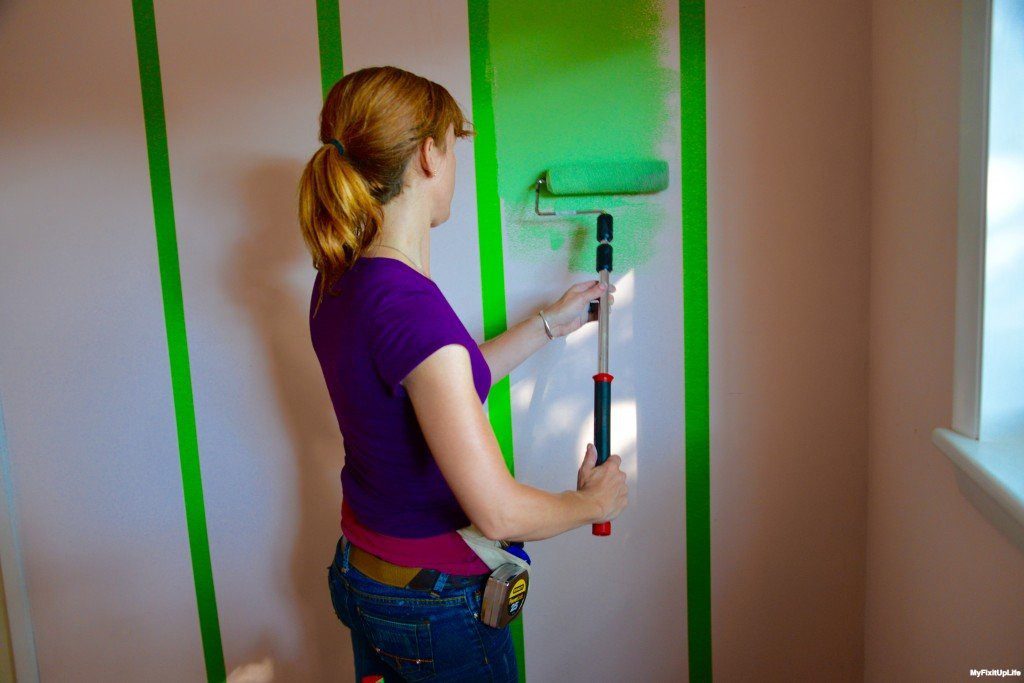
Home renovations—exciting, nerve-wracking, and sometimes just plain exhausting. There’s something to be said for making a house into your home that’s just deeply satisfying. But in all of the hubbub of paint color-swatching and shopping for countertops, cabinets, and flooring, it’s easy to overlook the some very BIG details. Don’t be that person who spends a small fortune on a home remodel only to discover you’ve forgotten something crucial. Let’s talk about those BIG details so you can have a successful home renovation project.
Assess the Health of Your Home Before You Start
Renovations aren’t just a question of making everything look pretty. They require starting with a knowledge of what’s happening behind your walls, beneath your floors, and inside your ceilings. Mold creeping in unnoticed? Aging electrical work? Plumbing that’s been “making do” year after year? Wet basement? Allowing these underlying problems to slide is inviting a potential disaster in the future that would mean tearing out all of the pretty finishes you’ve been dreaming about. Would you put a new roof on a house that has crumbling walls?
Air Quality Is More Crucial Than You Know
Ever walk into a just-redone house and felt you could taste the dust? That’s what you get when air quality is an afterthought. Renovations kick up everything—dust and debris like old insulation debris you don’t even want to think about. Unless you get to it, you’re going to be breathing it in for months to come.
Here’s one simple but easy-to-overlook process. Clean air ducts before you complete the finished on the remodel and then changing the air filters after you are done. The benefits of air duct cleaning & mold removal are more than you know—they’re not just about dust, though, but breathing easy, keeping allergens in check, and making sure that your HVAC system is not spreading garbage throughout your just-updated home.
Budget for the Unexpected (For it Shall Happen)
No one likes unexpected expenses. But in a remodel, there’s usually just no getting around it. Cut a hole in a wall, and you’re likely to find old wiring. Rip up a floor, and you’re dealing with a water leak you didn’t even know you had. The rule of thumb is to budget a minimum of 15 to 20% of your budget for unexpected expenses. You’ll be thankful when you’re not desperately scrambling to find money for a surprise plumbing makeover when you thought you were done spending money. And if all goes really well, you’ll have a little extra in the budget for that gorgeous light fixture you’ve been eying.
Plan for Functionality, not Mere Appearances
Sure, aesthetics matter. But what’s the use of a lovely-looking kitchen if your cabinets open into each other? Or you can’t open the oven and the cabinet at the same time? That new bathroom won’t be so glamorous if that shower door keeps colliding with the vanity every time you get out of it. As you plan your home, don’t just worry about appearances. Think about how you’ll live there.
A professional designer can help you make sure all of the clearances between features is spot-on and they can guide you through the decision-making process of layout so your home suits your lifestyle best. If you can’t afford a pro, walk through your day in your mental vision—where do you place things? Does it work, or do you find you need to navigate around funky layouts?
Don’t Ignore Your Home’s Exterior
It’s easy to get carried away with the interior design—new flooring and new fixtures—and just forget to pay attention to the exterior of your home. Everyone sees the outside first, though, and more importantly, it keeps everything that’s inside it in one piece. Is your roof in good working condition? Gutters working properly? Cracks in your foundation? Fixing exterior issues upfront will save you from having to worry about water damage or structural issues after you’ve already spent your savings on the interior.
Think About the Future, Not Just the Present
That trendy wallpaper? So cute—until you get sick of it in two years. Bold kitchen colors? Possibly fun today, but equally dated a decade from now? If you’re doing it for you and you’re planning to be there for a long time, knock yourself out. But if there’s a resale in the near future, you may want to play it safe with classic options or design features that are easily changed like paint that won’t be side-eyed by future potential buyers. You can always show off your personality through decor without permanent installation.
Post Home Renovation Deep Clean: The Necessity
The construction dust is going to get into every crevice during a home renovation. There’s no getting around it. Even when your contractors clean up, there’s going to be a thin film of dust over everything. Deep cleaning is more than just wiping counters—it’s scrubbing vents, washing walls, and cleaning carpets to remove that haze of post-construction grime. What’s the use of a new space if it’s got a residue of old grime all over it?
A home renovation isn’t just a matter of making it pretty. It’s a matter of making it safe, usable, and durable. Keeping a watchful eye on the details that can get overlooked. You’re going to be saving yourself trouble (and money) in the long run. So step back before you get too carried away with design inspiration and buzzwords on Pinterest. Make sure you’ve taken into account the unspoken details that keep your home secure and sound—those are the details that truly mark a successful renovation.

